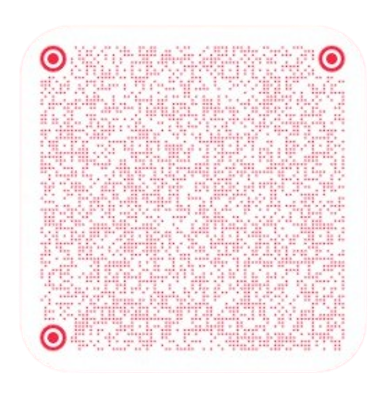




On November 28, 2017, the English graded reading system "Snow Reading", created by the Public Education Product and Service Group (PSG) of Tomorrow's Education Group, was officially launched at the GES 2017 Future Education Conference- the Integration Innovation Sub-forum of Educational Informatization and English Reading Teaching.
The system uses artificial intelligence and big data technology to help students achieve intelligent reading, assist teachers in carrying out digital teaching management, and promote the informatization of education in public schools.

(Guests witness the official release of "Snow Reading" by Tomorrow's Education Group)
During the "Snow Reading" launch event, Bob Holl, founder of LearningA-Z, Professor Cheng Xiaotang, and He Xuan, General Manager of "Snow Reading" from the Public Education Product and Service Group of Tomorrow's Education Group, conducted in-depth discussions on integrating educational informatization and English reading teaching innovation.

(Bob Holl, Founder of LearningA-Z)
According to Bob Holl, the concept of graded reading (Reading A-Z) first originated in the United Kingdom, the United States, and Japan. In the United States and Canada, more than half of public schools use RAZ as reading materials. Over the past twenty years, RAZ has covered millions of students in over 180 countries, with a cumulative complete reading volume of over 4.5 billion on its official website.
This reading plan and program tailored to children's different ages, different levels of intellectual development, and different reading abilities is recognized by the global education community for its scientific and efficient teaching results.

(Professor Cheng Xiaotang, Dean of the Faculty of Foreign Languages and Literature, Beijing Normal University)
Professor Cheng Xiaotang stated in his speech that the scarcity of English reading materials is one of the main problems that plague Chinese students. He hoped that more high-quality content could be paired with educational informatization to bridge the educational gap in different regions.